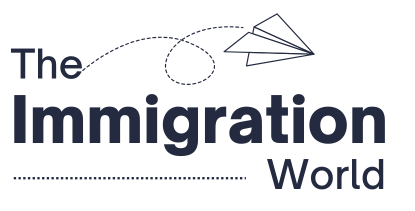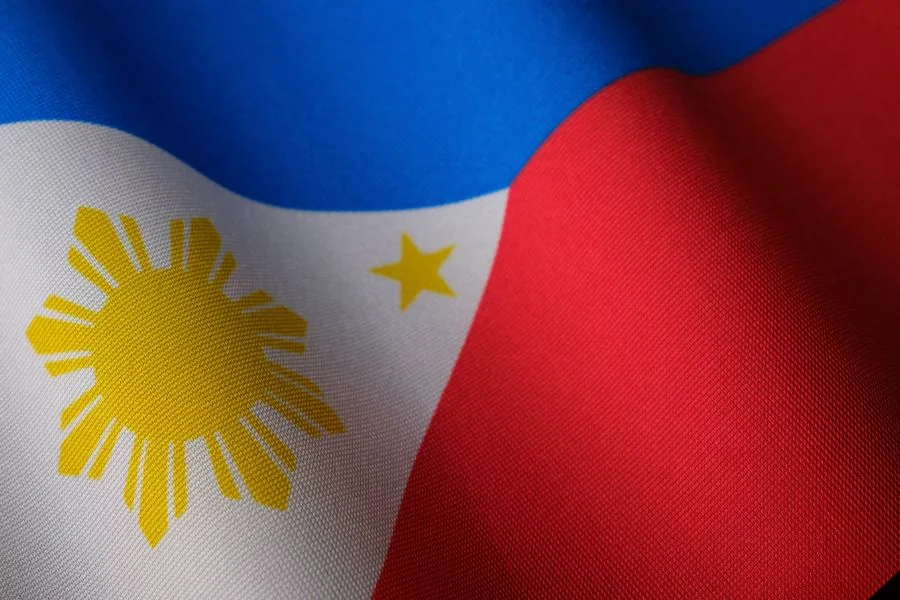When considering long-term relocation to Southeast Asia, the Philippines often attracts attention for its warm climate, affordable lifestyle, and widespread use of English. For those planning to make the country a permanent home, understanding the pathways to permanent residency is essential. In this guide, we will explore the eligibility requirements, available residency routes, timelines, and common considerations for securing permanent residency in the Philippines.
Key Takeaways
Understanding Permanent Residency in the Philippines
Permanent residency in the Philippines allows foreign nationals to live indefinitely in the country without the need to renew short-term visas repeatedly. Holders enjoy the right to work, study, and conduct business, and they are free from the restrictions that apply to temporary visas. Unlike some countries that offer highly complex points-based systems, the Philippines provides relatively straightforward residency options, though applicants must meet specific qualifications.
The authority responsible for immigration matters is the Bureau of Immigration. Applications for permanent residency are reviewed and processed by this agency, with requirements varying depending on the chosen pathway.
Residency by Marriage to a Filipino Citizen
One of the most common and direct ways to obtain permanent residency is through marriage to a Filipino citizen. Foreign spouses can apply under the 13(a) Non-Quota Immigrant Visa. Initially, a one-year probationary visa is granted. After the probationary period and upon demonstrating that the marriage is valid and ongoing, the applicant can transition to permanent resident status.
This route requires submission of marriage certificates, proof of genuine cohabitation, and police clearances from both the applicant’s home country and the Philippines. While timelines vary, many applicants achieve permanent residency status within one to two years through this pathway.
Residency by Investment or Retirement
Foreigners who wish to settle in the Philippines without family ties often turn to investment or retirement options. The Special Resident Retiree’s Visa (SRRV), managed by the Philippine Retirement Authority, is one of the most popular programs.
Applicants must meet age and financial deposit requirements, which vary depending on retirement status and whether they are receiving a pension. The SRRV allows indefinite stay with multiple-entry privileges and provides exemptions from certain taxes. For individuals seeking a combination of lifestyle and legal residency, this pathway offers a relatively smooth entry point.
Investors can also qualify for residency by placing capital into Philippine enterprises or property. While this process requires larger financial commitments, it offers opportunities for those interested in building long-term economic ties with the country.
Residency for Former Filipino Citizens
The Philippines also accommodates former citizens who wish to return permanently. Through the Balikbayan Program and other residency provisions, individuals of Filipino descent can regain the right to settle in the country along with their foreign spouses and children. This pathway simplifies reintegration for those with ancestral connections.

General Eligibility and Documentation
Regardless of the chosen route, applicants should expect to provide a range of documentation, including valid passports, medical certificates, police clearances, proof of financial capability, and evidence supporting the specific category of application. The Bureau of Immigration requires careful compliance with submission standards, and delays are common when paperwork is incomplete.
Timelines vary depending on the route taken. Spousal visas usually require one year of probation before permanent residency is granted, while retirement visas can often be processed within a few months. Investment visas may take longer due to financial due diligence.
Benefits of Permanent Residency in the Philippines
Permanent residents enjoy many advantages, including the ability to reside indefinitely, pursue employment, start businesses, and study without the constant need to extend tourist visas. They can also exit and re-enter the country freely without reapplying for short-term visas. In addition, residency allows foreigners to integrate more fully into local society, including access to banking, property ownership under specific conditions, and community rights.
Challenges and Common Mistakes
Applicants often underestimate the importance of proper documentation. Police clearances, authenticated certificates, and medical results are frequently sources of delay. Another common issue arises when individuals assume that holding a retirement visa automatically grants permanent resident status. While the SRRV allows indefinite stay, it functions differently from a permanent immigrant visa and must be maintained under specific conditions.
Language is rarely a major obstacle since English is widely spoken, but navigating the bureaucracy can be time-consuming. Engaging with authorized representatives or legal professionals often helps to streamline the process.
Conclusion
Permanent residency in the Philippines is an achievable goal for many, whether through family ties, retirement programs, or investment opportunities. The process is generally less complicated than in many Western countries, though applicants must remain diligent about paperwork and requirements. In this guide, we have explored the various routes to permanent residency, their timelines, and the benefits and challenges associated with each. For those planning a long-term future in the Philippines, careful preparation and compliance with immigration rules can make the journey smoother and ensure a secure place in one of Southeast Asia’s most welcoming nations.
Reference: https://immigration.gov.ph/visas/permanent-resident-visa-prv/





